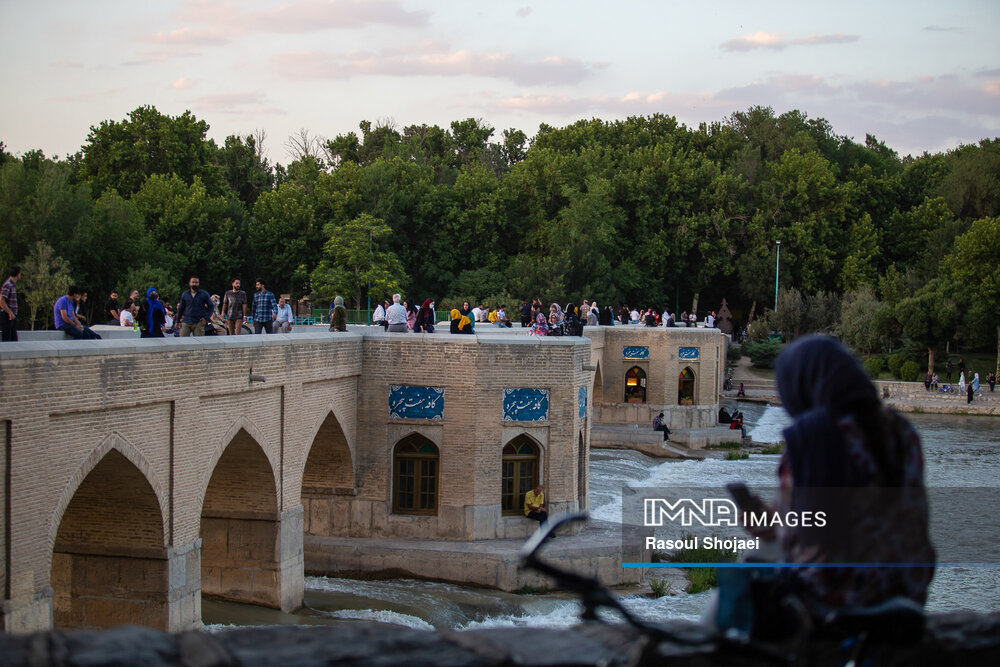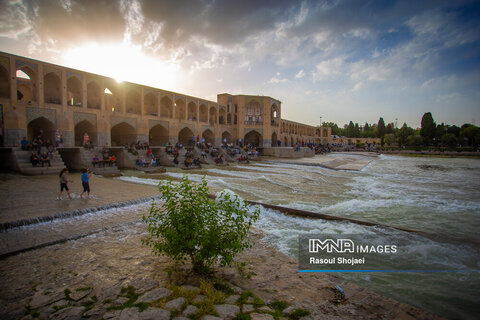Iran (IMNA) - Aligned with the United Nations' Sustainable Development Goal 11, which focuses on creating sustainable cities and communities, World Cities Day was established by the UN in 2013 and has since been observed annually.
World Cities Day sheds light on the inequalities that exist within the world's largest cities while promoting social inclusion, equality, and access to essential services and opportunities. It serves as a catalyst for addressing these issues and striving for a more equitable urban environment.
Delving into the history of cities, we find their origins dating back to approximately 7500 B.C. in the fertile crescent region between the Tigris and Euphrates rivers, known as Mesopotamia. Notable early cities such as Eridu, Ur, and Uruk emerged in this area. Subsequently, cities sprouted along the banks of the Nile River in Egypt, the Indus River in India, and the Huang He River in China. The presence of fertile soil in these locations allowed early humans to transition from a nomadic lifestyle to a settled one.
Throughout the course of history, cities have experienced cycles of rise and decline. Mesopotamia fell into ruin, the Indus Valley civilization was abandoned, and the great city of Rome experienced both glory and downfall. Nevertheless, the concept of the city endured, remaining a fundamental institution in human civilization.
Throughout the course of history, cities have served as bustling hubs of commerce, spirituality, artistic expression, and intellectual growth. However, it was not until the advent of the Industrial Revolution that urban settlements reached unprecedented proportions. This transformative period propelled individuals to migrate en masse to cities in pursuit of employment opportunities within burgeoning factories. Technological advancements such as the discovery of steel, the harnessing of electricity, and the invention of elevators further facilitated the exponential growth of urban populations. Astonishingly, more than half of the global population now resides in cities, necessitating a heightened awareness of sustainable coexistence within these urban landscapes.
According to projections by the United Nations, the year 2030 will witness the emergence of 41 megacities worldwide, defined as cities harboring populations exceeding 10 million inhabitants.

Building Resilient Iranian Cities
Urban resilience in Iranian cities plays a crucial role in ensuring sustainable development and the well-being of their residents. As we celebrate the Global Observance of World Cities Day under the theme "Financing sustainable urban future for all," it is essential to consider how we can unlock transformative investment in urban planning and achieve adequate fiscal decentralization to enhance urban resilience.
Iranian cities face various challenges, including rapid urbanization, climate change impacts, and socio-economic disparities. To address these issues, it is vital to strengthen the resilience of cities by adopting effective strategies and policies.
One aspect of urban resilience is the ability to withstand and recover from natural disasters. Iranian cities are prone to earthquakes, floods, and other natural hazards. Therefore, investing in resilient infrastructure, early warning systems, and disaster preparedness is critical. By incorporating resilient design principles into urban planning and construction, cities can reduce the vulnerability of their inhabitants and minimize the potential damage caused by disasters.
Another crucial factor is the need to address social and economic disparities within cities. Adequate fiscal decentralization can empower local authorities to allocate resources effectively, ensuring equitable access to essential services such as housing, healthcare, education, and transportation. By promoting inclusive urban development, Iranian cities can enhance social cohesion and create opportunities for all residents, regardless of their backgrounds.
Furthermore, investing in sustainable transportation systems can contribute to urban resilience. Promoting public transportation, cycling infrastructure, and pedestrian-friendly urban designs can reduce congestion, air pollution, and carbon emissions. These measures not only enhance the quality of life but also make cities more resilient to external shocks such as fuel price fluctuations and supply chain disruptions.
Additionally, incorporating green spaces and promoting urban agriculture can improve the resilience of Iranian cities. Green areas provide multiple benefits, including temperature regulation, stormwater management, and improved mental well-being. Urban agriculture initiatives can enhance food security, reduce dependence on external food sources, and promote community engagement.

Unlocking Transformative Investment for Sustainable Development and Well-being
To unlock transformative investment in urban planning and achieve fiscal decentralization, Iranian cities can explore various strategies. These include attracting private sector investments through public-private partnerships, establishing sustainable financing mechanisms, and leveraging international cooperation and funding opportunities.
In conclusion, urban resilience in Iranian cities is of utmost importance for sustainable development and the well-being of their residents. By considering the theme of "Financing sustainable urban future for all" during the Global Observance of World Cities Day, we can unlock transformative investment in urban planning and achieve adequate fiscal decentralization. Through resilient infrastructure, social inclusion, sustainable transportation, and green initiatives, Iranian cities can become more resilient, ensuring a prosperous and sustainable future for all.


Your Comment